Use Aged Wood Chips as Compost?
RedSun (Zone 6, NJ)
9 years ago
Featured Answer
Sort by:Oldest
Comments (12)
grubby_AZ Tucson Z9
9 years agoRelated Professionals
Oconomowoc Landscape Architects & Landscape Designers · Hartford Landscape Contractors · Chesapeake Ranch Estates Landscape Contractors · Fort Wayne Landscape Contractors · Lyndhurst Landscape Contractors · Rancho Santa Margarita Landscape Contractors · San Carlos Park Landscape Contractors · Smyrna Landscape Contractors · West Chester Landscape Contractors · Antioch Landscape Contractors · Auburn Decks, Patios & Outdoor Enclosures · Boynton Beach Decks, Patios & Outdoor Enclosures · Liberty Decks, Patios & Outdoor Enclosures · Mastic Decks, Patios & Outdoor Enclosures · Highland Decks, Patios & Outdoor Enclosurestoxcrusadr
9 years agolisanti07028
9 years agodavidbooth65
9 years agoKimmsr
9 years agoLloyd
9 years agoglib
9 years agoelisa_z5
9 years agoKimmsr
9 years agoglib
9 years agoelisa_z5
9 years ago
Related Stories
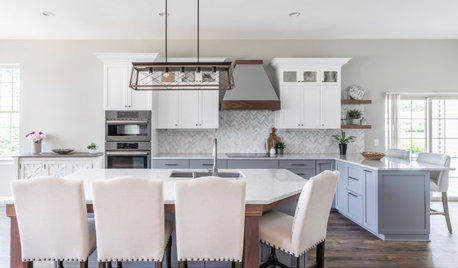
KITCHEN DESIGN10 Ways to Design a Kitchen for Aging in Place
Design choices that prevent stooping, reaching and falling help keep the space safe and accessible as you get older
Full Story
GARDENING GUIDESGet on a Composting Kick (Hello, Free Fertilizer!)
Quit shelling out for pricey substitutes that aren’t even as good. Here’s how to give your soil the best while lightening your trash load
Full Story
Add Character to Your Home With the Look of Age
Distressed finishes give furniture and other surfaces a sense of history — and lots of charm
Full Story
UNIVERSAL DESIGN11 Ways to Age-Proof Your Bathroom
Learn how to create a safe and accessible bathroom without sacrificing style
Full Story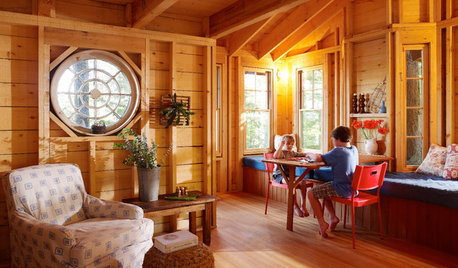
GUESTHOUSESA Hideaway for All Ages Perched Among the Trees in Maine
A modern Adirondack ‘treehouse’ is designed as a place for playing games, reading, sleeping over and enjoying forest views
Full Story
DECORATING GUIDESPaper Chase: Wallpaper Through the Ages to Today
Get on a decorating roll with a wall covering that's been around for centuries but comes in more exciting designs than ever
Full Story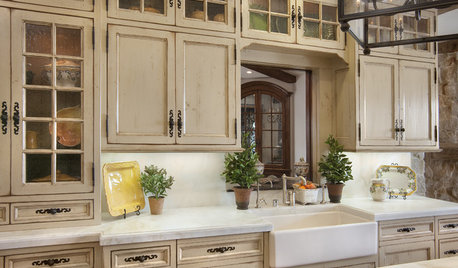
KITCHEN DESIGNStress Less With Distressed Cabinets
Stop worrying over every little nick and chip. Intentionally aged cabinets give the kitchen or laundry room a relaxed, timeworn look
Full Story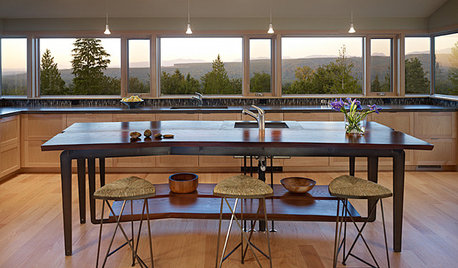
DECORATING GUIDESSo Your Style Is: Green
Way beyond a hue on a paint chip, green means a healthy home with a unique style designed around sustainability
Full Story
KITCHEN CABINETSGet the Look of Wood Cabinets for Less
No need to snub plastic laminate as wood’s inferior cousin. Today’s options are stylish and durable — not to mention money saving
Full Story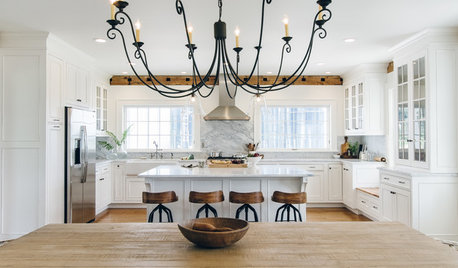
WHITE KITCHENS4 Dreamy White-and-Wood Kitchens to Learn From
White too bright in your kitchen? Introduce wood beams, countertops, furniture and more
Full StoryMore Discussions







Kimmsr